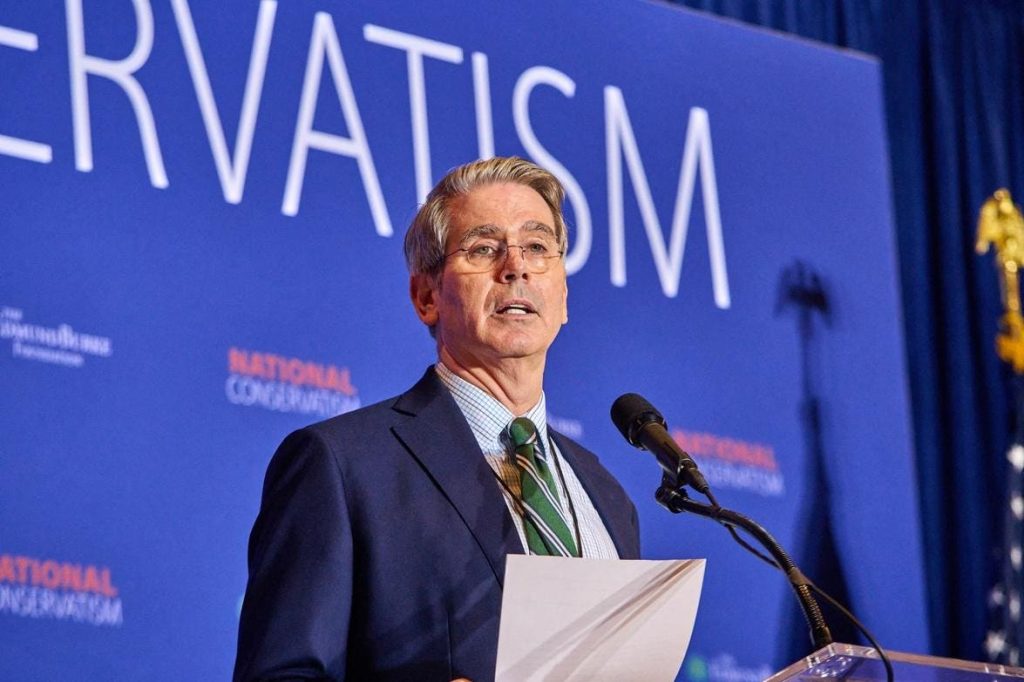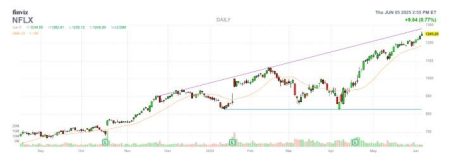Scott Bessent, a recognized figure from the hedge fund sector, is poised to become the new Treasury Secretary, prompting excitement in financial markets. His anticipated policies favor financial deregulation and a thrust for expanded lending, aligning with the interests of private equity and business development companies (BDCs). Bessent’s approach would facilitate easier access to capital, which is seen as a catalyst for mergers and acquisitions, particularly in tech sectors where startups could attract significant investments. The influx of capital is likely to create substantial wealth for investors; however, it may exacerbate the current inflationary environment. As Bessent aligns with the financial elite on Wall Street, it appears that anticipated interest rate cuts may not occur as swiftly as previously thought, indicating a new and complex financial landscape.
The bond market has reacted skeptically to recent dovish signals from the Federal Reserve, suggesting that cuts in interest rates could prolong inflation. With the 10-year Treasury yield escalating from 3.7% to 4.3%, a divergence is forming where rising long-term rates contrast with falling short-term rates, signaling a shift away from the previously held recession forecasts. This “de-inversion” of the yield curve marks a transition away from expectations of an economic downturn, making the current scenario particularly challenging for bond investors. Rising yields typically lead to declining bond prices, contributing to an increasingly tough environment for fixed-income holders.
While bonds face mounting challenges, the current economic climate is favorable for BDCs, which thrive in a landscape characterized by easy capital availability. BDCs, akin to private equity firms, are well-positioned to provide vital financial solutions to small businesses struggling to obtain loans from traditional banks. Since their inception in 1980, BDCs have benefited from favorable tax treatment in exchange for distributing a significant portion of their profits as dividends. This makes them an attractive option for investors seeking robust yields; and the VanEck BDC Income ETF (BIZD) exemplifies a straightforward investment vehicle that provides exposure to this burgeoning sector while boasting an impressive 11% dividend yield.
BIZD, while yielding substantial dividends, has undergone price volatility, which calls for strategic timing when entering into such investments. Despite demonstrating a 124% increase in dividends since inception, the ETF’s price has declined by 18% during the same span. Total return on BIZD, however, showcases a more favorable 147% growth, indicative of the potential benefits of dividend accumulation. Observing the fund’s dynamics is crucial, as certain poorly managed BDCs suffer from substantial declines, highlighting the importance of diversified investment. While individual stock purchases in the BDC sector can be risky, BIZD’s diversified structure provides an avenue for investors to mitigate those risks.
The current economic atmosphere feels buoyed by a mix of private lending and government fiscal maneuvers, although the structural deficit remains a critical concern. The Congressional Budget Office forecasts a staggering $1.9 trillion deficit based on $4.9 trillion in projected tax receipts, indicating a 40% overshoot in expenditures expected to peak around $7 trillion. These figures underscore the reliance on continued deficit spending to motivate economic growth, which is further stimulated by Bessent’s anticipated leadership at the Treasury. Investors are encouraged to take advantage of the favorable BDC landscape while capitalizing on the fat dividends offered.
Ultimately, as the dynamics between rising inflation, lending availability, and regulatory shifts unfold, the economic landscape will hinge on how swiftly and effectively investors can navigate the changing tides. With Bessent’s strategies promoting private lending and easier access to capital, opportunities for robust returns, especially through instruments like BIZD, will remain a focus for income-seeking investors. The environment suggests a promising outlook for small business financing, generating optimism for those positioned to ride the potential wave of increased deal-making momentum. The infusion of liquidity, paired with BDCs’ niche role, complements the broader narrative of economic resilience amid fiscal concerns. As the market gears up for this new chapter under Bessent, the scene is set for both challenges and opportunities in equal measure.










